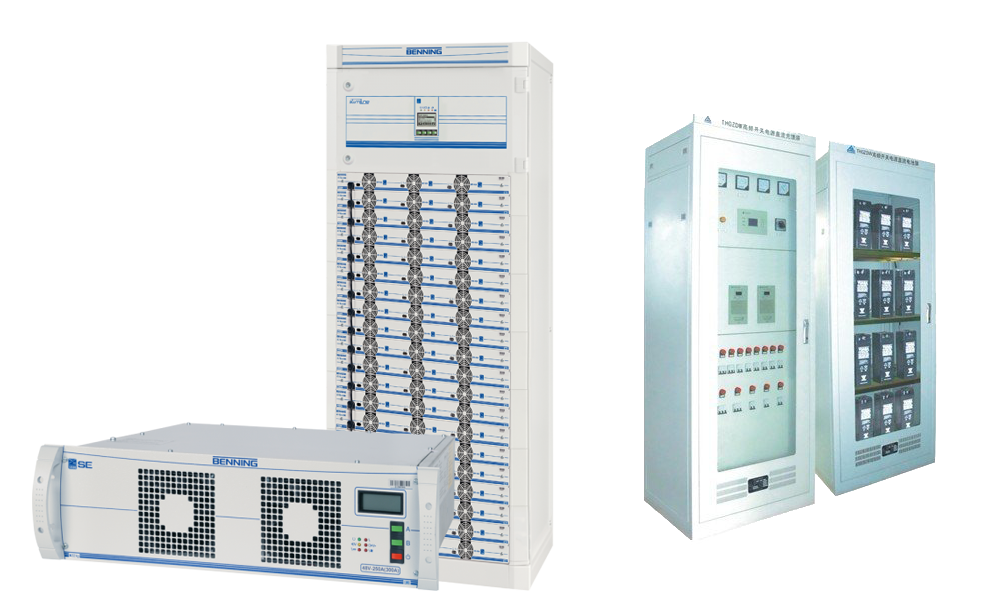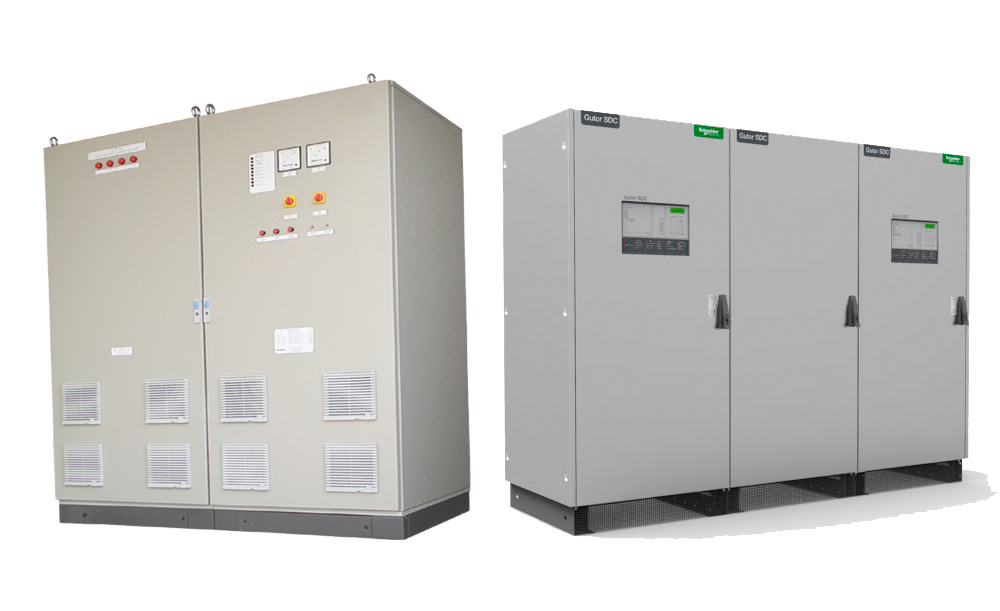CHARGERS
Consumer products come with a low-cost personal charger that performs well when used as directed.
Chargers
A good battery charger provides the base for batteries that are durable and perform well. In a price-sensitive market, chargers often receive low priority and get the “after-thought” status. Battery and charger must go together like a horse and carriage. Prudent planning gives the power source top priority by placing it at the beginning of the project rather than after the hardware is completed, as is a common practice. Engineers are often unaware of the complexity involving the power s
Chargers Purpose
Chargers are commonly identified by their charging speed. Consumer products come with a low-cost personal charger that performs well when used as directed. The industrial charger is often made by a third party and includes special features, such as charging at adverse temperatures. Although batteries operate below freezing, not all chemistries can be charged when cold and most Li-ions fall into this category. Lead- and nickel-based batteries accept charge when cold but at a lower rate.
Telecommunications, electric power, and computer uninterruptible power supply facilities may have very large standby battery banks (installed in battery rooms) to maintain critical loads for several hours during interruptions of primary grid power. Such chargers are permanently installed and equipped with temperature compensation, supervisory alarms for various system faults, and often redundant independent power supplies and redundant rectifier systems. Chargers for stationary battery plants may have adequate voltage regulation and filtration and sufficient current capacity to allow the battery to be disconnected for maintenance, while the charger supplies the DC system load.
Telecommunications, electric power, and computer uninterruptible power supply facilities may have very large standby battery banks (installed in battery rooms) to maintain critical loads for several hours during interruptions of primary grid power. Such chargers are permanently installed and equipped with temperature compensation, supervisory alarms for various system faults, and often redundant independent power supplies and redundant rectifier systems. Chargers for stationary battery plants may have adequate voltage regulation and filtration and sufficient current capacity to allow the battery to be disconnected for maintenance, while the charger supplies the DC system load.

RECTIFIERS
The rectifier assemblies used normally give output voltages of 110 V or 220 V. When the mains supply is on, they are responsible for providing power to the load and also for supplying the charging and float charging current for the battery. This ensures that, if a mains failure should occur, the battery is ready to supply the full power. The engineering supply is provided by 26 V rectifiers or DC-DC-Converters.The rectifiers are planned and produced in line with the appropriate KTA guidelines, and can be used in any type of power station. Optional test equipment can be supplied with the rectifiers, to undertake the repeat measurements necessary in power station applications.
THYRISTORS
Thyristor based battery charger uses Thyristor switching principle for achieving the desired DC output. It basically consists of a transformer, a semi-conductor bridge rectifier, a filter circuit and a control circuit. The AC mains voltage is transformed to a suitable level and fed to the rectifier bridge. After being smoothened by the filter circuit, it rectifies the AC input and feeds controlled DC output to the battery and load.

